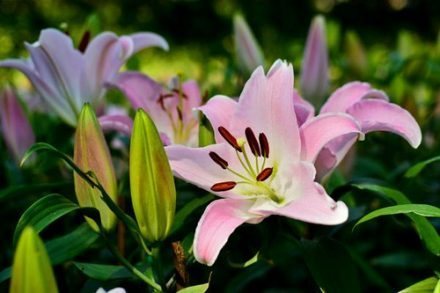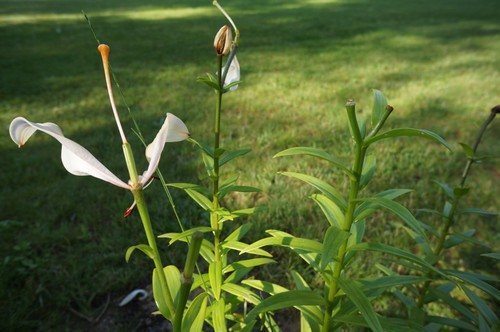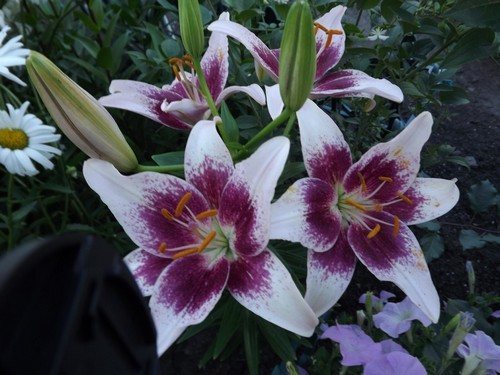Lilies are delicate and at the same time exquisite flowers. They are often used in landscape design by professionals and amateur gardeners. The plant spends a lot of energy on the formation of buds. To get luxurious blooms of lilies next year, you need to give them a little attention at the end of summer. The gardener only has to complete 5 simple steps.
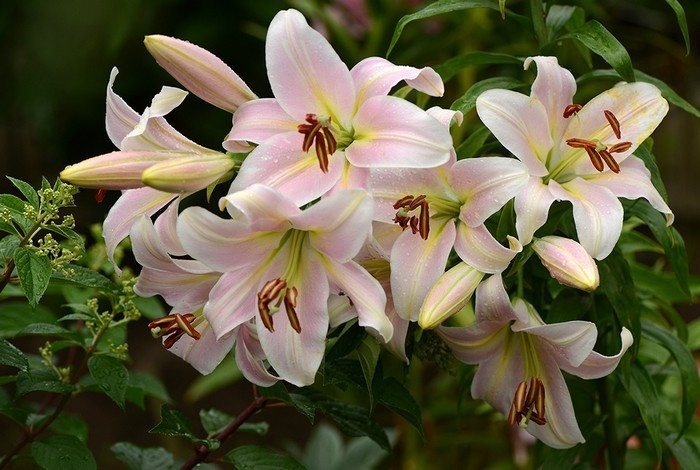
Pruning flower stalks
Many varieties of lilies bloom until mid-August. Flowering of OT hybrids lasts until September. Flowering duration is 2–3 weeks. After the petals have wilted, it is necessary to shorten the upper part of the lily stem along with the boxes in which the seeds are formed.
This will allow the bulb to save energy without wasting nutrients on the reproduction process. It is impossible to completely cut off the stems; the above-ground part is involved in photosynthesis. The leaves will feed the bulb until mid-autumn; they are finally cut off before wintering.
After pruning, the flowers in the flowerbed will look decorative and will continue to decorate the area until the cold weather. When the lily leaves begin to turn yellow and dry, they are cut off, leaving stumps 7–8 cm high. Sometimes gardeners simply twist the stems at the base. Stumps are needed so as not to forget exactly where the lilies are planted, especially if there are a lot of perennial flowers on the site.
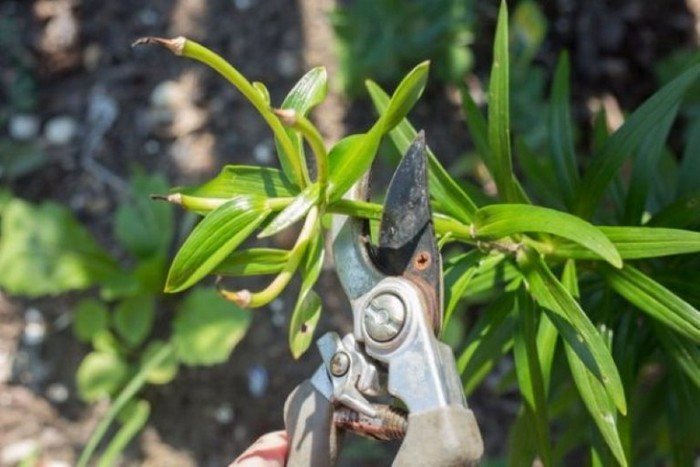
Watering after flowering
The need for watering at the end of summer is directly related to weather conditions. If it rains, there is no need to water the lilies. During a drought, the soil in the flower garden still needs to be moistened; if this is not done, the stems and leaves will begin to wilt prematurely, which will not benefit the bulb.
However, it is important to remember that excessive irrigation at this time of year threatens the appearance of rot and fungal diseases. When assessing the need for watering, the composition of the soil is also taken into account. Sandy soil dries out quickly. Dense clay soil retains moisture longer.
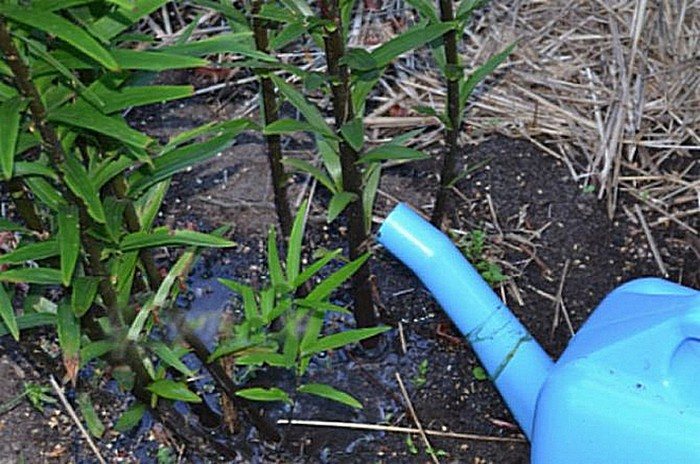
Feeding in August
After flowering, lilies deserve fertilization. This will allow the plants to regain their strength and set buds for flowering next season. Phosphorus and potassium supplements are suitable for this time of year. The best option is to purchase a special complex fertilizer for bulbous flowers. The composition of such complexes is designed taking into account all the needs of lilies.
Fertilizing must be done in August, since in the fall the plants will no longer be able to fully absorb nutrients, gradually going into a dormant state. Nitrogen fertilizers are not used at this time of year, as they inhibit the ripening of the bulb and stimulate unnecessary growth of the above-ground part.
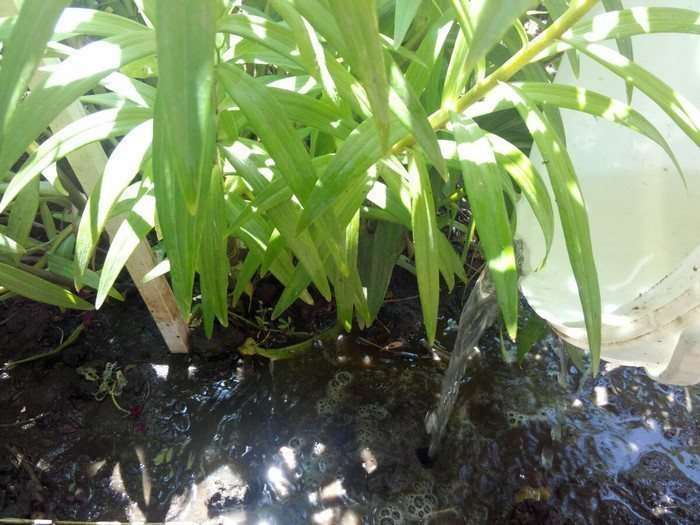
Transplantation and division
There is no need to replant lilies every year. At the same time, there are cases when a transplant is overdue. You need to dig up bulbs if:
- the plants show signs of disease;
- there are many children who are cramped in a limited area;
- it is necessary to propagate the variety;
- We have to dig up heat-loving lilies for wintering.
Transplantation can be carried out in any month, but August is most suitable for this. At this time, the lilies are in a state of relative rest, and any manipulations with the bulbs will not affect further development and flowering. The most successful period for these manipulations lasts from mid-August to early September.
When replanting, an overgrown nest is divided into parts, then the bulbs are planted in new places. If signs of disease appear on the flowers, the bulbs, after being removed from the ground, must be processed and transplanted to another area. To propagate the desired variety, it is not necessary to wait for the children to appear. You can simply separate the bulb scales and place them in a plastic bag with wet peat. In 2–4 weeks, small bulbs will appear on each scale, which can be planted in open ground in the spring.
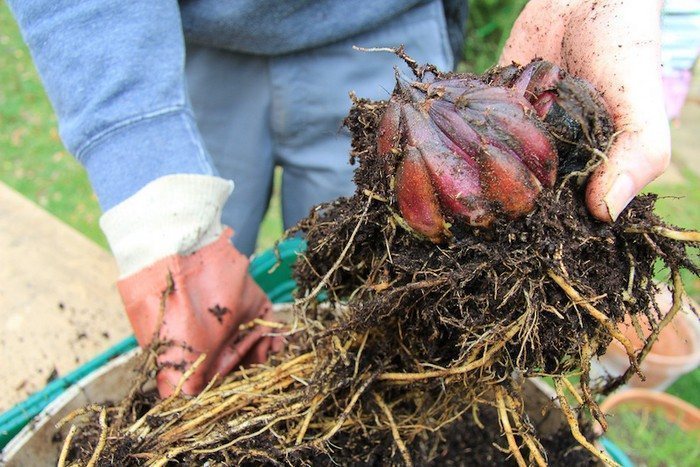
Preparing for winter
Winter-hardy species tolerate winter best. Such lilies do not require special preparation for winter. For them, it is enough to lay a mulch layer and spruce branches, which will play the role of a snow retainer. Peat, humus, and straw are used as mulch.
In cold regions, bulbs of heat-loving lilies (in particular, oriental hybrids) are dug up for the winter. Store them in damp peat, moss or sawdust, putting them in the refrigerator. You will need to make several holes in the bag for ventilation.
It is also advisable to remove particularly valuable varieties from the ground before spring, so as not to lose them, for example, due to a rodent invasion. Planting material will be perfectly stored in a cellar or cold basement. Boxes filled with wet sand are used as containers.
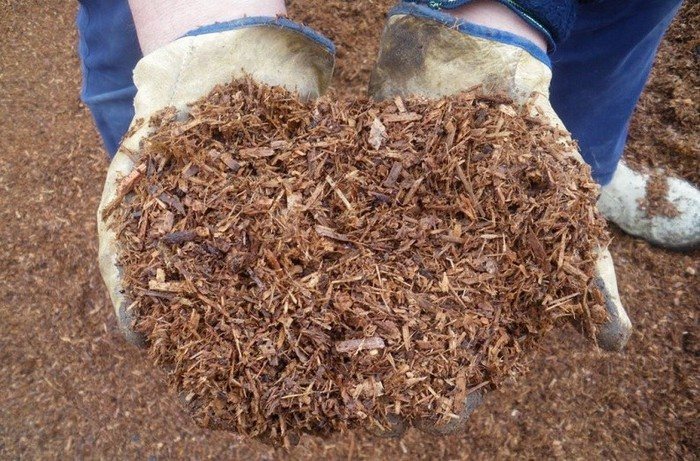
After flowering, lilies still need moisture and nutrients, so watering and fertilizing should not be excluded from care. For the bulbs to ripen, it is important to prevent seed set, but at the same time preserve the foliage. Before wintering, a flower bed with lilies is covered with mulch and spruce branches, and heat-loving species are provided with storage in the cellar.



